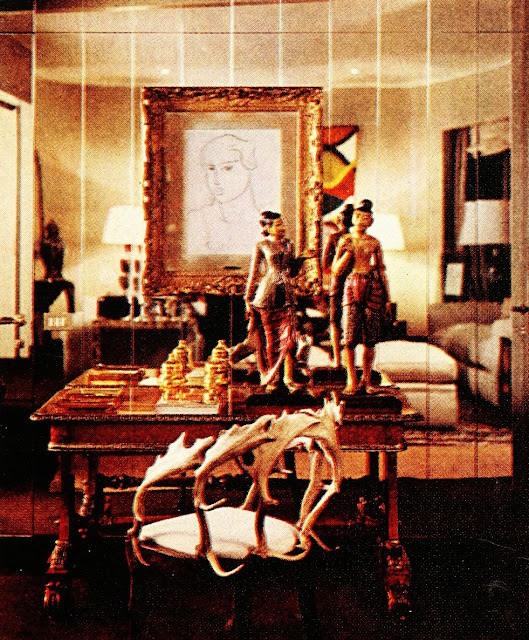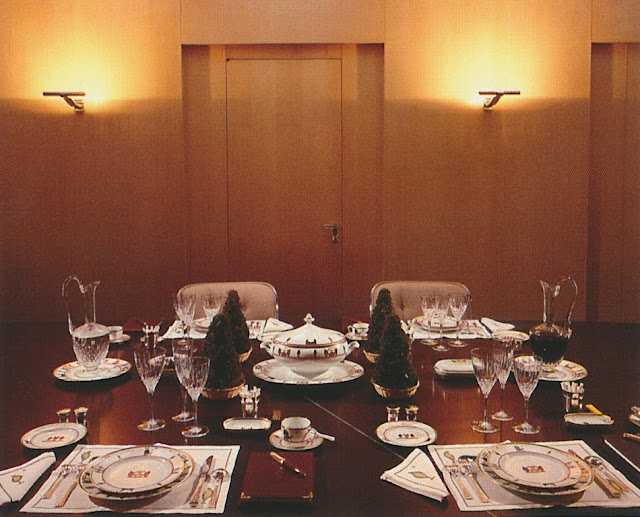After a year of hard work, late nights, early mornings, and weekends spent sitting in front of a computer, I can finally share with you a very special project on which I have been working: I wrote a book.
I’ve had book ideas swirling around in my head for years, but it took me some time to organize my thoughts and to cajole them onto paper. I wanted to write a book that was different and unique. The book needed to be smart and informative, but, more important, a fun read, too. And, it had to be in the spirit of those classic decorating guides that still inspire us today. (That upbeat enthusiasm of Dorothy Draper was very much on my mind as I wrote this book, especially during those times when I was fighting “the will to be dreary”!) Now that my book is written, I believe that I can say I achieved all of my goals. I hope that you will agree.
My book, titled In with the Old: Classic Decor from A to Z, will be released on October 22 both in the U.S. as well as Canada, the U.K., and Australia. (A big thank you to Clarkson Potter for publishing it and to Alexa Hampton who generously wrote the book’s foreword!) The book profiles one hundred classic decorative styles and details, all of which have illustrious histories and which still look very stylish today. Included are entries on trompe l’oeil, campaign furniture, verre églomisé, tented rooms, and the like. For each decorative element, I take you through its history and explain what makes it timeless and how you can decorate and live with it in ways that are modern and fresh. The great decorators and aesthetes whom I so admire, including Elsie de Wolfe, Albert Hadley, Van Day Truex, Angelo Donghia, Fowler and Lancaster, Mario Buatta, Diana Vreeland, and Bunny Mellon, are all very much present in this book, too, for I included all of the wonderful ways in which these style setters have used classic decoration to sublime effect.
And, because no design book is complete without art, each entry is accompanied by either an original photograph (shot at some very fetching Atlanta homes) or an original illustration. I’m proud to say that my sister painted all of the illustrations, while photographer Erica George Dines shot the photos. In fact, two of my sister’s illustrations made the cover.
I am currently planning my book tour, and I hope that my lectures and book signings around the country will give me the opportunity to meet many of you in person. I’ll keep you posted on events and will share some excerpts from the book over the next few months, but in the meantime, I invite you to visit the online book sites below so that you can learn more about my book. Many thanks for your readership and your support!
In with the Old: Classic Decor from A to Z on Amazon
In with the Old: Classic Decor from A to Z on Barnes & Noble
In with the Old: Classic Decor from A to Z on Indiebound











 and
and 
 ,
, 
 )
)
 and
and 
 ,
, 
 ,
, 





































































































































